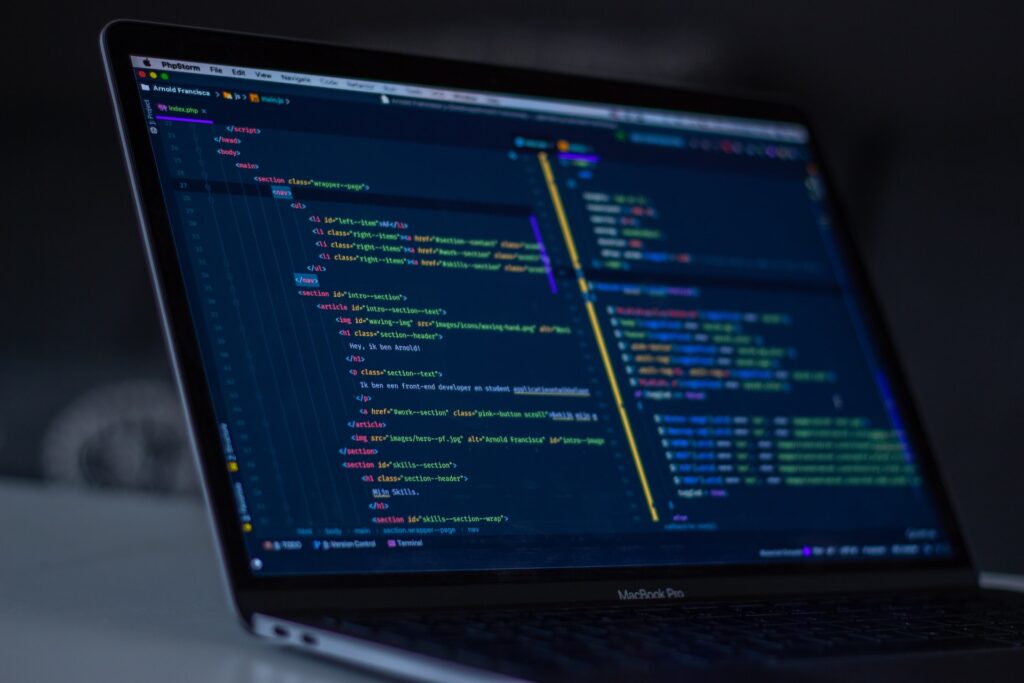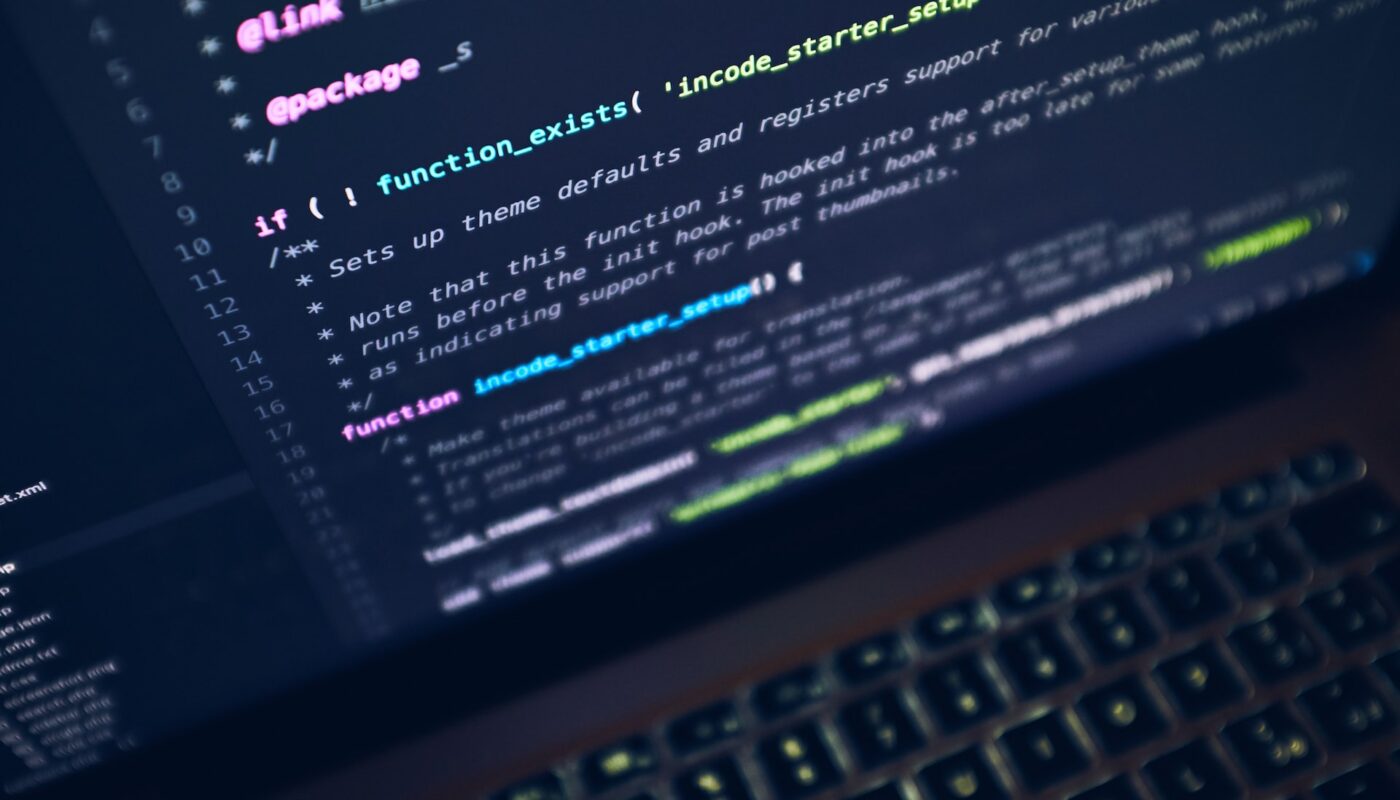Modern technology has provided numerous opportunities for business growth and development. While older technologies were instrumental in transitioning technology to its current stature, most of the services undertaken by older or legacy technologies and systems have been phased away over time. For that reason, institutions must transition their legacy technologies and systems to meet modern standards.
Legacy Modernization is the ongoing process of changing legacy systems to decrease the IT environment’s complexity and expenses, boost data consistency, facilitate collaboration across platforms, and improve process flexibility. Its primary objective is to convert already-existing computer systems into modern web or cloud-based systems to streamline effectiveness.
One of the most difficult aspects of legacy system modernization is ensuring that the updated system retains the same functionalities while maintaining compatibility with the previous data formats. As such, it is essential to consider how legacy modernization can reduce the costs and complexity of service. Here are 8 of the ways legacy modernization undertakes this role.
Page Contents
1. Through Enhancing System Adaptability and Compatibility
Many times, legacy systems are unadaptable to novel trends. Modern technology has phased away many of the applications of legacy systems. A single function in modern systems now undertakes facilities and services that multiple facets of a legacy system could undertake. Suppose you want to incorporate new features into your existing systems and software. In that case, there is a high chance that these new features in the software will not be adaptable or compatible with the old functions of the legacy system.
For that reason, it will prove highly beneficial for you to undertake legacy modernization to ensure that you do not lose information controlled by old systems when transitioning to the new one.
2. Through Security Enhancement
Security is paramount in the digital space. Just as technology continues to advance, so do cybercrime techniques. With every new advancement in technology, there is a new loophole cyber criminals can exploit. Legacy systems suffer from an inherent lack of security. They were susceptible to hacks and intrusion from unauthorized entities. As such, businesses often find it hard to deal with the financial costs of limited security and data breaches. However, modernization from legacy systems to modern systems increases the security of the systems, which in turn cuts the business’s cost of income due to cybercrime.
3. Through Facilitating Maintenance

The costs of using and maintaining legacy systems are often very high. For starters, there is limited knowledge in modern technology firms on navigating through the maintenance of legacy systems since most technology is obsolete. As such, getting an IT expert with the requisite skills to maintain an existing legacy system could be a daunting task for many entities. Secondly, the costs of maintaining a legacy system sometimes outweigh the benefit of retaining them. Therefore, it is beneficial for some entities to do away with the system rather than spend time modernizing it.
However, by modernizing legacy systems, a business can cut maintenance costs, as many modern systems require little to no regular maintenance. The cost of maintaining them, when required, is significantly lower. Therefore, modernization eases the burden of costs.
4. Through Services For Enhanced Productivity
The ease of undertaking business processes is normally impeded when using legacy systems, considering that legacy systems are very limited. For instance, under legacy systems, collaboration is hindered because workers have to look for each other physically instead of collaborating via cloud platforms. However, under modernized systems, productivity is increased, increasing the organization’s efficiency and ultimately reducing the business’s costs.
5. Through Streamlining Customer Services
Updating legacy systems and providing efficient facilities for customers is often very difficult. As such, customers may experience many challenges when handling services provided by legacy systems. However, through legacy modernization, it is possible to push updates to customers and clientele remotely without sending IT personnel to undertake the updates. Since everything is undertaken on the cloud, businesses can provide their customers with the services they need efficiently and expeditiously. As a result, satisfaction among customers will be at a peak.
6. Putting in Place Compliance Measures

As a result of the advancements in science and technology, global legislative bodies have put in place standards that help protect consumers. These include measures such as the GDPR, which concerns itself with data protection of all consumer data. The regulations provide expectations and standards for all businesses processing private data. Meeting these standards on legacy systems is inherently difficult and may lead to IT complexity. However, upon migrating to modernized systems, it is easier to meet the requirements of these regulations.
7. Through Optimization of Business Processes
Legacy systems are prone to failure. Maintaining legacy systems in any business is likely to compromise the business processes due to frequent downtime and failures. However, migrating to modernized systems and modernizing legacy ones reduces the likelihood of downtime, which optimizes business processes. The business will continue to thrive and flourish using the new technology long-term.
8. Through Machine Learning and Artificial Intelligence

Modernization of legacy systems uses artificial intelligence and machine learning algorithms to increase the efficacy of the systems to undertake their responsibilities. Through doing so, the systems can learn from the requirements and activities of the consumers to increase their efficiency. Machine learning algorithms also enhance production efficiency and productivity for various consumers and employees in a business at large. Ultimately, this reduces the technicalities and complexities of the technology since the system can adapt and modify itself.
Final Words
As seen from the analysis above, the modernization of legacy systems is very effective in increasing the cost management processes of any business. Additionally, it makes it very simple to navigate the technology since the system is now congruent with the market’s current standards.
Therefore, every business still maintaining its legacy systems and applications must consider modernizing them to improve its business processes. While legacy modernization could be costly in the beginning, doing so will go a long way towards benefiting the company considering the high return on investment. Legacy modernization pays for itself.






